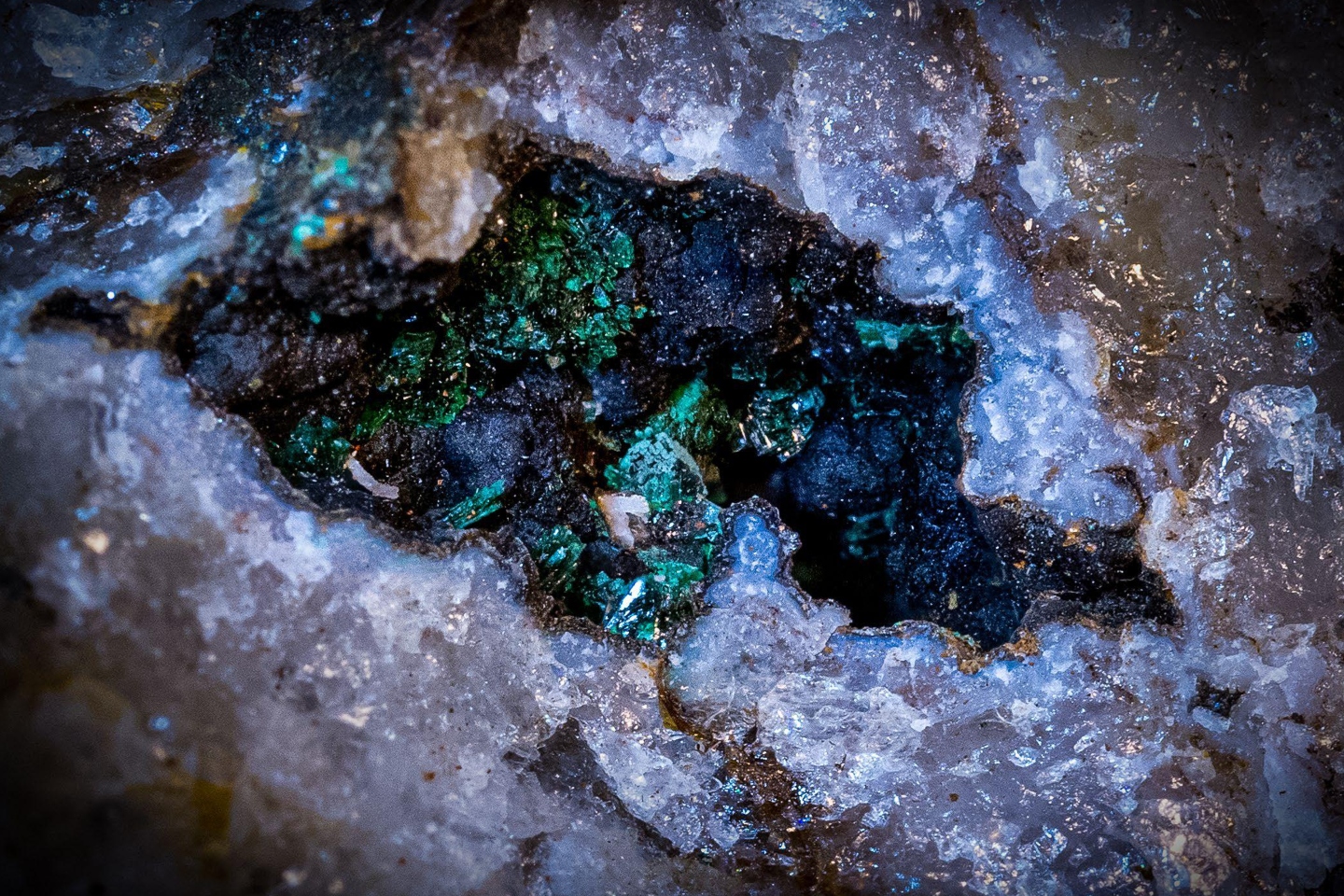Aruma Resources has wasted little time in firming up confidence at its new Bortala project in the Mount Isa Copper Belt after an initial appraisal at the site confirmed some promising copper-gold targets. The acquisition revealed only in late May was part of what management described as potentially “company-changing” gains of two copper operations in Queensland and a highly-prospective IOCG and uranium play in SA.

Aruma Resources has wasted little time in firming up confidence at its new Bortala project in the Mount Isa Copper Belt after an initial appraisal at the site confirmed some promising copper-gold targets.
The acquisition revealed only in late May was part of what management described as potentially “company-changing” gains of two copper operations in Queensland and a highly-prospective iron oxide-copper-gold (IOCG) and uranium play in South Australia.
The company says it sees strong potential for uranium, stratiform copper-gold and IOCG mineral styles within the Mt Isa Copper Belt and has put a firm new focus on key high-demand commodities.
Aruma’s Bortala and adjacent Fiery Creek projects sit 10km north and 25km north-east, respectively, from Glencore’s world-class Mt Isa copper-zinc operation in northern Queensland – Australia’s second-biggest copper producer and which has one of the largest zinc resource bases in the world.
Both projects are located in an underexplored region hosting multiple significant copper mines including Mount Oxide, Lady Loretta and Capricorn Copper. In addition, other global tier-one mining houses such as Rio Tinto, Anglo American and Teck have substantial exploration tenure in the region.
Bortala sits less than 5km south-east of 29Metals’ Capricorn copper project, which has a mineral resource estimate of 64.8 million tonnes grading 1.8 per cent copper. Aruma has undertaken reviews of historical exploration at Botala and has identified multiple targets scattered throughout its tenure, including the priority R9 copper-gold anomaly, Erin, Bull Creek, Nara and E5 prospects.
At R9, it has identified a vein it describes as “epithermal-like”, from which historical rock chip sampling produced 1.9 grams per tonne gold.
One former explorer in the area, Ashton Mining, put four percussion drillholes into the R9 target back in 1988, reporting strong radiometric anomalism and intercepts in a single hole of 18m at 0.18 per cent copper and 5m going 0.44 per cent zinc from 29m, 4m at 0.36 per cent lead from 45m and 2m at 0.25g/t gold from 46m.
googletag.cmd.push(function() { googletag.display('bn-dfp-article-lb2-advert'); });Now, Aruma has followed up on previous exploration of R9 with its own mapping and has extended the strike to about 500m.
Aruma Resources managing director Glenn Grayson said: “Having recently announced the acquisition of the Bortala Project as part of a portfolio of copper and uranium exploration projects, we are encouraged by this initial appraisal of the Project. We see significant potential, highlighting the area around the R9 Copper-Gold Anomaly.”
Grayson also pointed out that the presence of coincident uranium and copper-gold mineralisation at Bortala underlines the project’s IOCG potential, which will be a core focus of the company’s exploration programs. He says Bortala already displays a significant target footprint and while several prospective areas have been identified, the project area still remains largely unexplored.
Aruma says it has also identified copper in rock chips from R9, which supports the potential for a broader underlying mineralised system than has been indicated by historic exploration. Its proposed exploration of Bortala currently hinges around its IOCG model and the company is already buoyed by the high-uranium radiometric signature of the R9 target area, coupled with coincident characteristic gold, copper and uranium surface geochemistry that could support the model.
The company’s recent hyperspectral studies at Bortala and Fiery Creek have identified several target areas at both projects. Management now plans to undertake comprehensive follow-up surface geochemistry and some ground geophysics, including induced-polarisation (IP) and gravity surveys, once the final stages of its acquisition have been finalised – which is expected to be in August.
Aruma hopes its first-pass exploration will translate to many targets that will prompt it to book a drill rig for a maiden program at the project.
Given that 36 years have passed since the 1988 days of “percussion” drilling at Bortala, it is worth appreciating that sample quality in any modern drilling program using methods such as reverse-circulation (RC), hammer and air-core (AC), as well as modern laboratory detection limits, will be substantially better with more reliable and easier-to-interpret results.
Is your ASX-listed company doing something interesting? Contact: matt.birney@businessnews.com.au
















